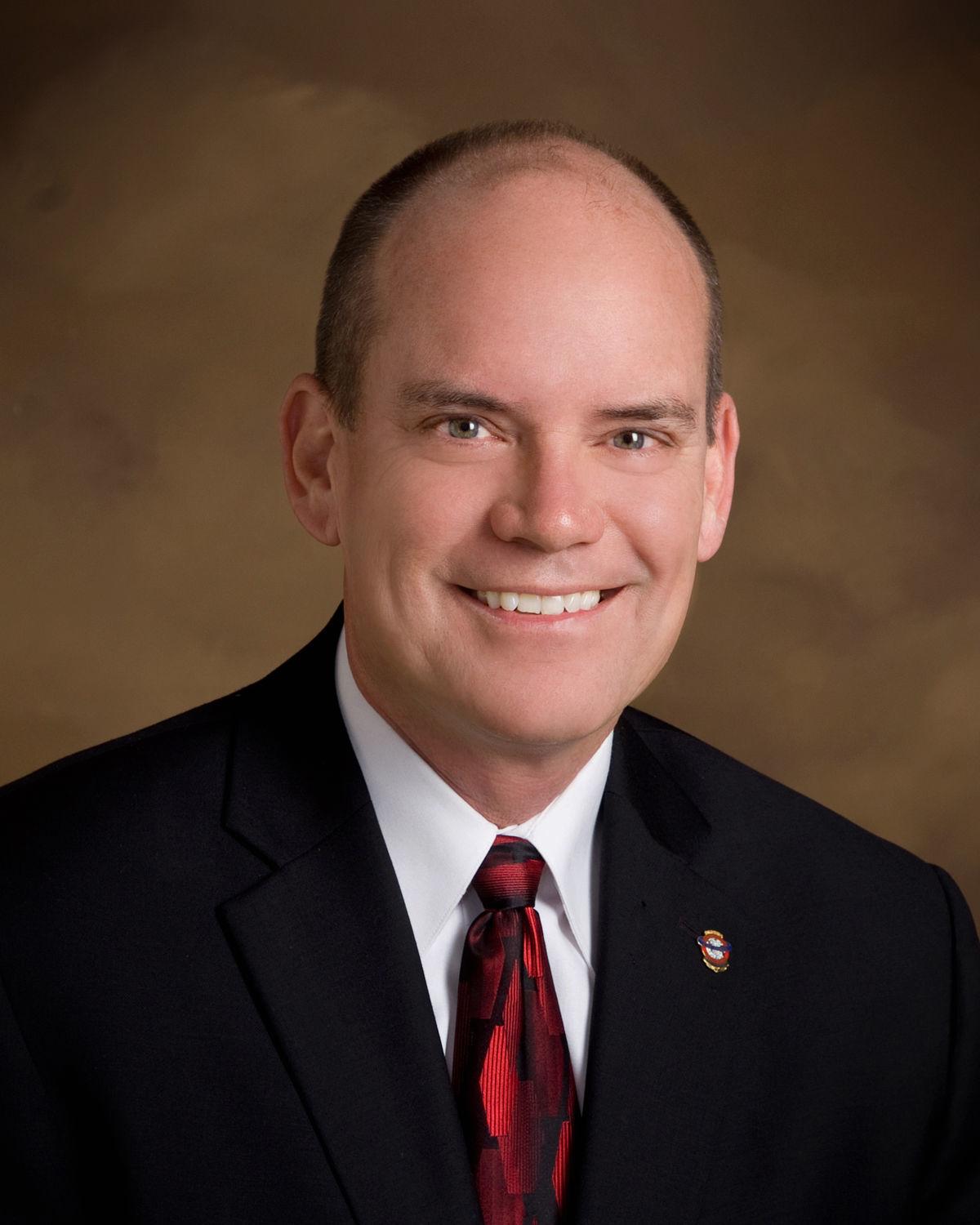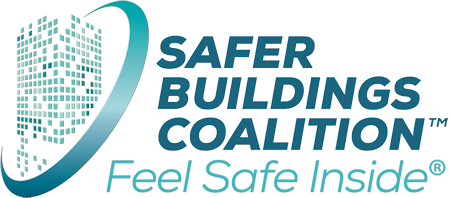From the Chief’s Corner: Please… Just Follow the Rules
By Chief Alan Perdue (ret.), SBC Executive Director Posted on August 24, 2023 Imagine living in a society or world where there are no rules or regulations. Then imagine trying to conduct a sporting event— or a technical installation like, say, the installation of an ERCES — in such an anarchic environment. Utter chaos and mayhem would make it extremely difficult to have any kind of logical order or principles. Now, imagine operating in a place where a set of rules and regulations do exist but some people simply don’t follow them! In this situation you would also find chaos and mayhem making it extremely difficult to have logical order or principles. Well, unfortunately you don’t have to imagine this scenario because it is very real. Indeed, this is happening more and more in the world of ERCES. – And it must STOP. Immediately! The Federal Communications RulesRules are generally created to bring about order and a defined operational process. As it relates to the deployment of public safety signal boosters that may be part of an ERCES, a portion of those rules are contained within Federal Communications Commission 47 CFR Part 90.219. It is important to highlight that these rules are not a suggestion or recommendation; it is a rule, law – a requirement within the United States. The FCC’s rules apply to everyone who seeks to deploy a public safety signal booster. Within the scope of Part 90.219 it states: “This section contains technical and operational rules allowing the use of signal boosters in the Private Land Mobile Radio Services (PLMRS).” The rules cover areas that include, but are not limited to:
Why Is it Important to Follow the Rules?
The FCC rules were developed through a consensus process to address harmful noise and interference and other potential issues signal boosters may create with radio systems utilized by public safety agencies. Keeping those critical systems operating so that their emergency responders (law enforcement, fire, EMS, etc.) have the communications capabilities they need to handle emergency incidents is paramount to successfully mitigating the incident. The rules provide for notification of the radio system operator commonly referred to as the Frequency License Holder or Licensee so that they are aware of any signal boosters on their system. Additionally, the rules contain deployment rules and device specifications that can impact the overall public safety radios system. Let’s take a look at a couple of examples contained within the rules that are often overlooked. One of those deals with good engineering practices:
Another area considers devices specifications. Again, these are not recommendations; they are requirements that must be adhered to:
The Time Is Now!The deployment of a public safety signal booster is not a plug-and-play solution. Understanding radio frequency (RF) theory and application is a mandatory requirement. If you don’t possess that RF knowledge and experience you, quite frankly, should not be in the business because you can do more harm than good. Competency in one’s work should not be something we have to work so hard to have some people understand. It should be something each of wants to achieve because it’s the right thing to do. Ask yourself, do I possess what I need to truly do this important work correctly? Remember, this industry is not about selling red boxes, it’s about solving for in-building wireless dead zones but only where they truly exist. As Lou Holtz said: “I follow three rules: Do the right thing, do the best you can, and always show people you care.” A significant and vital part of solving the in-building problem is to do no harm. That means harm to the public safety radio system, the emergency responders, or the industry itself. ERCES is part of the life safety ecosystem of a building. So please, make sure that you and those you work with have the requisite knowledge and experience to properly deploy solutions and that everything that you do fully complies with all the rules and regulations so that people can #FeelSafeInside…
|

